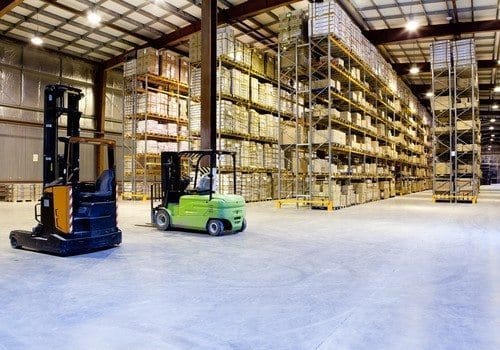
What is the best way to use big data in logistics and transportation? In 2019 and beyond, businesses are under competitive pressure to turn the data they have into effective results. From overseas manufacturers to the terminal tractors and trucks at your warehouse, every piece needs to be in sync and taking advantage of the latest technology and data.
Transportation experts see organizations taking a “coherent and structured approach” to their newest initiatives. Whether it’s public transportation, warehouse shipping, or last-mile couriers, each segment needs to align its stakeholders under one vision of reliable, efficient logistics.
Logistics trends in 2019 include:
– Smart cities initiatives
– Customized service models
– Money-back guarantees
– Results-based investments using big data
– IoT solutions to solve TL, LTL, and parcel delivery issues
– Driverless vehicles to solve the shortage crisis
– Reducing transportation costs by minimizing loading and unloading delays
Controlling Costs and Improving Logistics Efficiency
New technology and approaches are emerging to cut down on the ever-rising costs of transportation. Once you have the data to identify bottlenecks, prevent overstocking, and streamline the supply chain, you need to put a plan into action.
At the warehouse, the digital age has already made inventory tracking easier. Transportation needs to catch up. All the speed in the world for ordering and picking doesn’t matter if you can’t get the trucks on the road just as fast.
To reduce wait times at the warehouse and move products more efficiently and less expensively, switch to electric terminal tractors instead of shunt trucks. TrailerCaddy Terminal Tractors from DJ Products cost less than a quarter of a shunt truck with lower maintenance, greater safety, and no CDL driver required.
To learn more about battery-powered, semi-trailer tow dollies and terminal tractors, contact DJ Products or call 1-800-686-2651.





